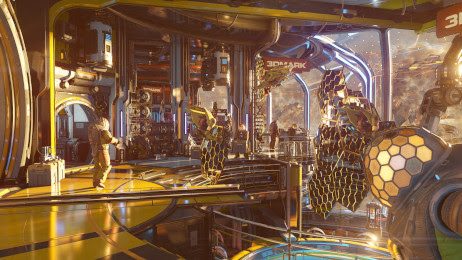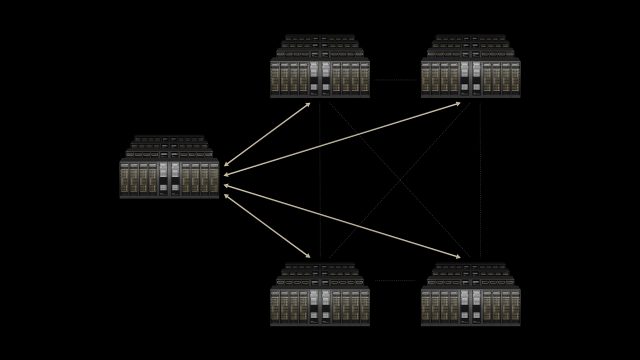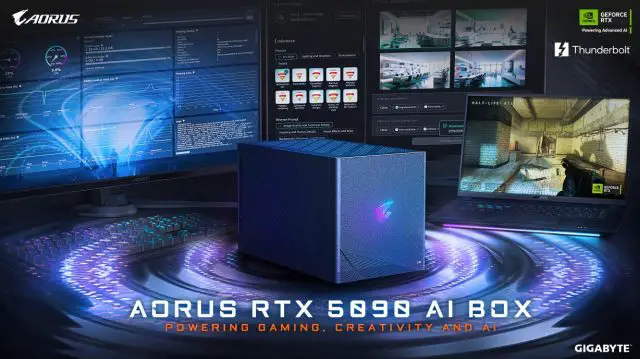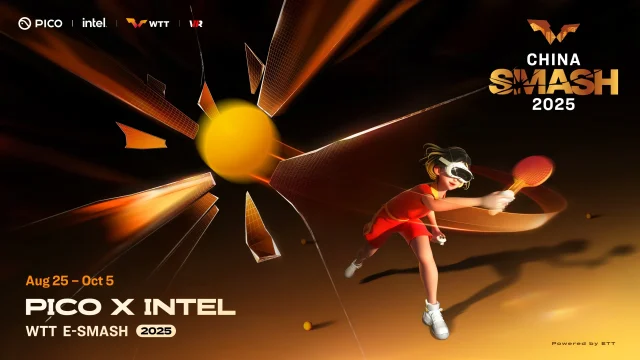UL Benchmarks has introduced Solar Bay Extreme, which is the major update to its cross-platform 3DMark Solar Bay test that significantly ramps up ray tracing workloads for both desktop and mobile devices.
Available as a free upgrade for existing 3DMark owners, the benchmark is designed to showcase how well today’s hardware handles modern lighting effects while offering users a way to compare scores on global leaderboards. It also includes a built-in stress mode to help identify throttling and stability issues during extended runs.
The new test runs on native APIs across platforms which are Vulkan on Android, Metal on Apple devices, and DirectX 12 on Windows to better mirror the performance players can expect in real-world gaming scenarios. Additionally, it now packs even more intricate visual elements, such as ray-traced specular reflections on both rough and glossy surfaces, realistic glass reflections, and soft ray-traced shadows cast by directional lights.
To further challenge GPUs, UL Benchmarks has expanded the scene with a second assembly bay where a rival team constructs a solar array, adding geometric complexity and diverse lighting conditions that highlight differences between graphics hardware and drivers. By dialing up both detail and workload, Solar Bay Extreme aims to be a definitive test for gamers, enthusiasts, and hardware reviewers looking to push their systems to the limit.











